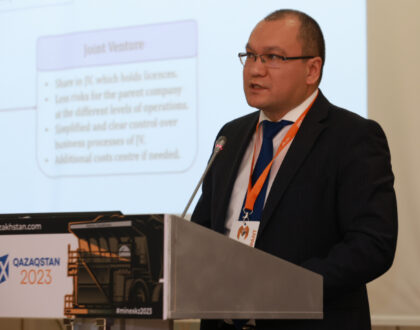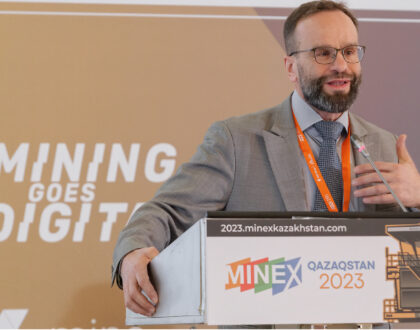Embracing the Green Economy: How Kazakhstan’s Mining Industry Can Benefit from Renewable Energy

Kazakhstan ranks 108th out of 139 countries in terms of energy intensity of GDP, with its most energy-intensive sector being the mining industry. As the demand for solid minerals grows worldwide, experts predict a further increase in the energy intensity of metal production. This presents an opportunity for the country to capitalize on renewable energy sources (RES), as the mining industry turns to greener energy solutions.
During the 13th MINEX Kazakhstan Mining and Exploration Forum, environmentalist Elena Borovikova highlighted the potential for alternative energy development in the mining industry. The use of wind, solar, and biomass energy is on the rise, along with emerging green hydrogen projects. The mining industry, being one of the most energy-intensive sectors, can greatly benefit from adopting renewable energy sources.
Gold production is the most energy-intensive industry, with the highest greenhouse gas emissions per million tons produced. In 2017, over 3.5 tons of gold were produced globally, requiring approximately 250 terawatts of energy and resulting in about 75 million tons of carbon dioxide equivalent emissions. Switching to renewable energy sources can significantly reduce direct and energy emissions from production.
There are already successful examples of alternative energy development in the global mining industry. Centamin’s Egyptian Sukari mine reduced its direct emissions by commissioning a 26-megawatt solar power plant with a battery system in 2022, saving 70,000 litres of diesel fuel per day. Similarly, Polyus Gold International managed to reduce its energy emissions by almost 100% by switching to hydroelectric power supplied by Russian companies.
Renewable energy use in mining projects has grown significantly since 2015, with most of the projects launched in 2018-2019 being hybrid, combining solar and wind energy with batteries. Kazakhstan has substantial potential for renewable energy development, with 130 alternative energy facilities already operating in the country by the end of 2022, boasting an installed capacity of 2,400 megawatts.
The renewable energy sector’s growth will lead to increased demand for metals such as copper, lithium, nickel, and neodymium, which are essential for creating solar and storage batteries and wind turbines. This provides additional opportunities for Kazakhstan, a country rich in mineral resources.
In 2022, Kazakhstan generated 112.8 billion kWh of electricity, with 4.5 billion kWh coming from renewable energy facilities. The country’s government aims to increase the share of renewable energy in total electricity generation to 5% in 2023. As part of its commitment to achieving carbon neutrality by 2060, Kazakhstan is also considering building a nuclear power plant.
Kazakhstan has all the prerequisites for developing nuclear power plants, such as significant uranium reserves, processing products, and a strong scientific base. The country is also focusing on cooperation with Total, Masdar, and ACWA Power for implementing joint investment projects in renewable energy.
By embracing the green economy and focusing on renewable energy, Kazakhstan’s mining industry can greatly benefit from reduced emissions, cost savings, and sustainable growth. This shift will also contribute to the country’s commitment to achieving carbon neutrality by 2060, ensuring a cleaner and more prosperous future for all.



